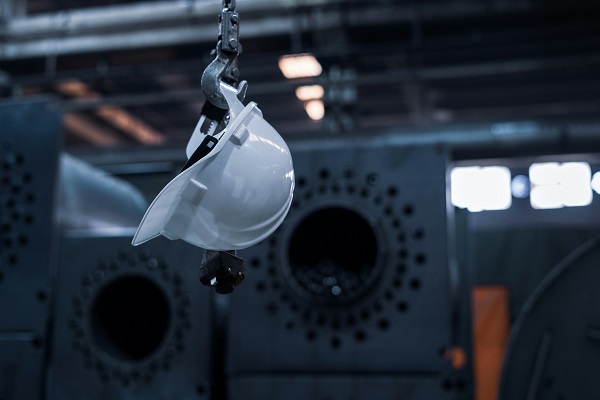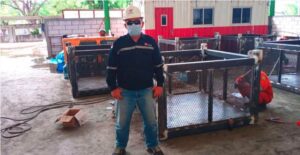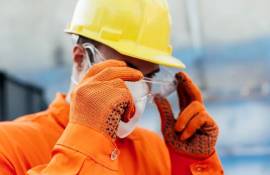Personal Protective Equipment (PPE) plays an important role in maintaining the safety and health of workers in the workplace. However, for PPE to function optimally, proper care and maintenance is required. In this article, we will outline the importance of maintaining and caring for PPE, as well as steps that can be taken to ensure PPE remains in good working order.
Even though PPE has become a work safety standard that must be used, many workers still ignore the importance of maintaining and caring for PPE. In fact, PPE that is not properly maintained can lose its protective capabilities and actually endanger workers. Therefore, maintenance and maintenance of PPE must be a serious concern for companies and workers.
The Importance of PPE Care and Maintenance:
- Maintaining the performance and effectiveness of PPE
- Extends the service life of PPE
- Ensure PPE continues to function according to safety standards
- Prevent damage that could endanger workers
- Meet occupational safety and health requirements
- PPE Care and Maintenance Steps:
Read and understand the manufacturer’s use and care instructions
- Carry out routine checks before and after use
- Clean PPE according to correct procedures
- Store PPE in a clean, dry and safe place
- Replacing PPE that is damaged or not functioning properly
- Conduct training and education for workers regarding PPE maintenance
Conclusion:
Maintenance and maintenance of Personal Protective Equipment (PPE) is something that absolutely must be done to maintain its effectiveness and safety in use. By paying attention to appropriate maintenance and care measures for PPE, companies and workers can ensure that PPE continues to function properly and provide optimal protection for the safety and health of workers.







